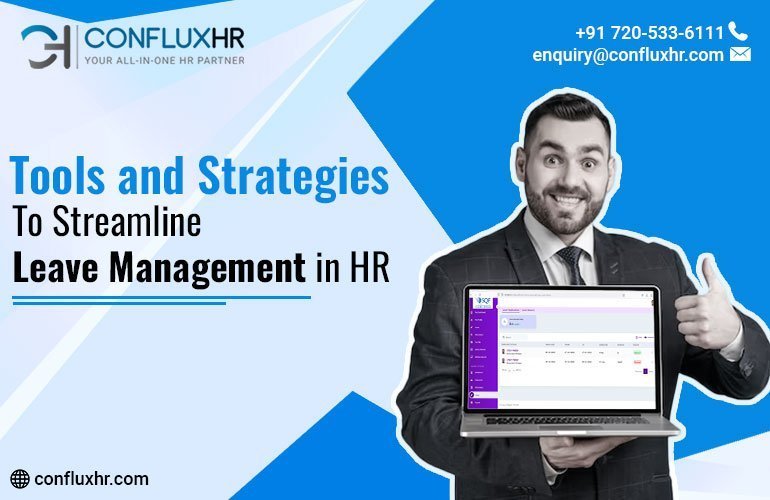In the dynamic world of startups, every resource counts. Time, money, and personnel are precious commodities that need careful management. One area where startups often struggle is HR management, particularly regarding payroll and leave management. Manual processes can be time-consuming, error-prone, and drain valuable resources. This is where HRMS comes to the rescue, offering startups a streamlined and efficient solution.
In this article, we’ll explore the significance of adopting payroll and leave software for startups and how it can positively impact their growth.
The Startup Challenge
Startups are known for their agility, innovation, and fast-paced work environment. However, these very qualities can make HR management a challenge. With a lean workforce often juggling multiple roles, HR tasks like payroll, leave, absences management can quickly become overwhelming. Manual processes consume time and are prone to errors, leading to dissatisfied employees and potential legal and compliance issues.
Enter Payroll and Leave Management Software
Payroll and leave management software is a game-changer for startups, offering various benefits beyond just automation. Let’s dive into why startups should consider adopting this software and how it can make a significant impact:
- Efficiency and Time Savings: These software automates time-consuming tasks, such as calculating employee salaries, deductions, and taxes. This automation saves HR personnel valuable time, allowing them to focus on strategic tasks contributing to the startup’s growth.
- Accurate Payroll Processing: Manual payroll processing is prone to errors, leading to disgruntled employees and legal complications. Payroll software ensures accurate and error-free calculations, reducing the risk of payroll-related disputes.
- Seamless Leave Management: Managing employee leaves manually can be a logistical nightmare, especially considering different leave types, accruals, and approvals. Leave management software simplifies the process, allowing employees to apply for leaves online, managers to approve them digitally, and HR to maintain accurate leave records.
- Employee Self-Service: Payroll and leave management software often comes with self-service portals that empower employees to view their pay stubs, access tax information, and apply for leaves without HR intervention. This self-service approach enhances employee satisfaction and reduces administrative burden.
- Compliance and Accuracy: Startup founders and HR managers are often not experts in complex payroll tax regulations. Payroll software automatically calculates taxes, deductions, and statutory contributions, ensuring compliance with legal requirements.
- Data Security: HRMS software enhances data security by storing sensitive employee information in a centralized and secure system. This reduces the risk of data breaches and unauthorized access.
- Customization: Startups have unique HR needs that can evolve as the company grows. Payroll and leave management software can be customized to adapt to changing requirements, ensuring scalability and flexibility.
ConfluxHR: A Solution Tailored for Startups
ConfluxHR is a comprehensive HRMS solution simplifies attendance, leave, and payroll management for startups and small businesses. With its user-friendly interface and robust features, ConfluxHR is the ideal choice for startups aiming to streamline their HR operations.
Here’s how ConfluxHR can benefit startups:
- Effortless Payroll Processing: ConfluxHR automates payroll calculations, tax deductions, and statutory compliance, saving startups time and ensuring accurate salary disbursements.
- Seamless Leave Management: With ConfluxHR, startups can easily manage leave requests, track accruals, and maintain up-to-date leave records, all within a few clicks.
- Employee Empowerment: ConfluxHR’s self-service portal empowers employees to access pay stubs, apply for leaves, and update personal information independently.
- Data Security: ConfluxHR prioritizes data security, ensuring that sensitive employee information remains confidential and protected.
Conclusion
In the world of startups, every minute and resource is valuable. Payroll and leave management software offer a solution that optimizes HR operations, enhances accuracy, and empowers employees. ConfluxHR provides a comprehensive platform that simplifies attendance, leave, and payroll management for startups looking to streamline their HR processes. Embrace the power of automation and elevate your startup’s growth with ConfluxHR!
Ready to streamline your startup’s HR operations? Discover the power of ConfluxHR’s payroll and leave management features. Simplify your HR processes and focus on growth. Get started today!”











